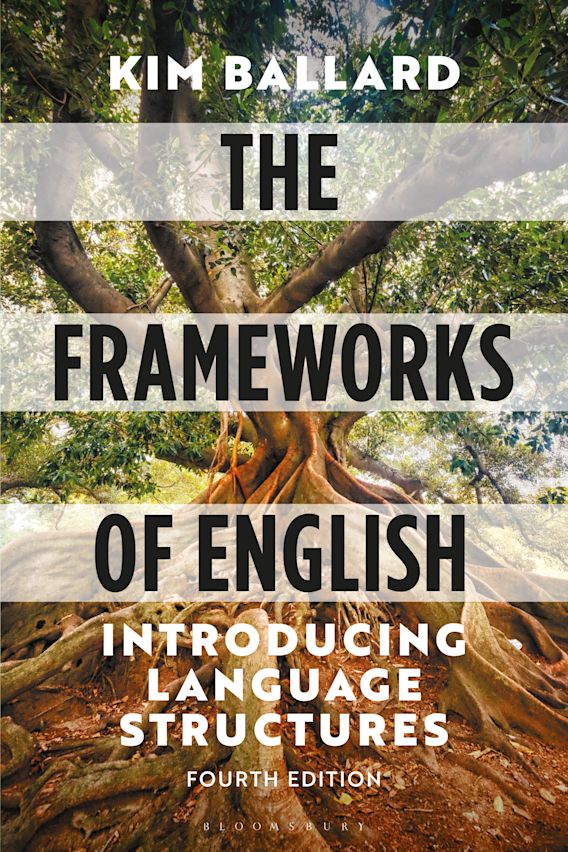



johndoe@gmail.com
Are you sure you want to reset the form?
Your mail has been sent successfully
Are you sure you want to remove the alert?
Your session is about to expire! You will be signed out in
Do you wish to stay signed in?
Question 1 (Consolidate)
The following words (mainly nouns) have all been added to English in recent years. For each example, identify the word formation strategy used to form it, commenting on anything else of interest about the use of the word or its formation process:
bromance, BYOD, connectome, emoji, FOMO, free runner, google (verb), grime, locavore, Rooneyesque (adjective)
Answer/discussion
| bromance | blend | A blend of bro or brother and romance |
| BYOD | initialism | From bring your own device – and possibly analogous to bring your own bottle. This initialism is probably used more in writing than speech and is sometimes also used as a verb. |
| connectome | compound | Treated as a compound, but the -ome element is a combining form. |
| emoji | loanword | A borrowing from Japanese. |
| FOMO | acronym | From fear of missing out. |
| free runner | compound | A standard type of compound, formed from an adjective and noun. |
| | eponym | Commonly used as a verb, with the full range of verb inflections. |
| grime | new meaning | Used to refer to a genre of East London music, which apparently sounded dark and grimy. Although this is an additional meaning of grime (‘dirt’), speakers may regard it more as a homonym. |
| locavore | compound | Analogous to omnivore, carnivore etc. Not a typical compound as loca- is clipped from local and -vore is a combining form. |
| Rooneyesque | affixation | Describing the footballer Wayne Rooney. The noun suffix -esque is frequently used with proper nouns. |
Question 2 (Explore)
Acronyms are a relatively new but large group of words, appearing from the 1940s onwards. Based on your own research, is it possible to account for the productiveness of this word-formation strategy? (You may also like to consider initialisms in your response: these have been in general use for well over a century but have also increased in number and popularity.)
Answer/discussion
There are several reasons why acronyms (and initialisms) are so commonly used, including, chiefly, for convenience. In a world where organisations seem to constantly proliferate, acronyms not only make their names easier to say or write, but they also make them (and therefore their function) more memorable. Examples are found in various public contexts including military and political (ACAS, Anzac, POTUS), financial (FTSE, ISA), scientific and technological (SAGE, NASA), social and cultural (ABTA, BAFTA, RADA, FIFA). More general uses include AWOL, BOGOF, FOMO and nimby. Users of social media platforms such as Twitter enjoy the convenience of such abbreviations, especially if time is short or limits are imposed on the length of messages. There is also no doubt that the proliferation of acronyms and initialisms reflects in some ways on modern life and the ready availability of information about human activity.

.